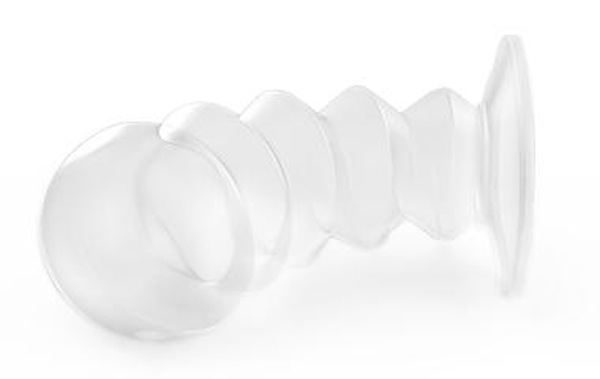|
When Bruce Jenner’s transition became a focus of public attention, it got me thinking about what the attention means for transgender folks, and particularly transgender youth. Having only known a few transgender people myself, but having colleagues who are either trans or dedicated to research that supports the understanding of transgender lives, I decided to get someone to write a guest post on what we should all be doing to support transgender people and particularly transgender youth. Meet Chris Dungee. He is a counselor who speaks at colleges and universities about LGBT issues for faculty and staff development. He also transitioned himself from female to male, so I knew he would be the perfect resource with both professional and personal experience with transgender issues. Here is what he wants us to know:
0 Comments
I'm delighted to introduce a very special writer and mom, Wesley Davidson. She is the author of straightparentgaykid.blogspot.com and is going to teach us how to talk to kids of all ages about sexual orientation in this guest post of hers. She is currently writing a book on this topic, so follow her if you don't want to miss out on the release!
It’s Not Just the Birds and Bees Anymore! Chances are your kids are bound to see a gay family at a park or fair. Perhaps they attend a school where a classmate has two daddies or two mommies. Or maybe he watches Modern Family and sees that Cameron and Mitchell are married and have an adopted daughter Lily. Gay celebrities such as Neil Patrick Harris recently married while raising children already. The marriage announcement is fodder for the tabloids and Internet. So in a world where the family is being redefined, how do you explain gay to a child? I was facilitating a workshop for parents the other night, and there was some confusion over the difference between gender and sexual identity. So, I thought I’d do a quick post on some terminology, and share this helpful video that is really simplistic, yet clear, and suitable for most ages. Understanding the differences in gender, sexual orientation, biological sex, and sexual behavior can be legitimately confusing unless you happen to have had a course on gender or sexuality. For example, many people think of gender in a binary way, but it is more widely accepted as a spectrum (1). There is also the issue of intersectionality, where an individual’s gender identity meets their sexual identity (2), highlighting the importance of considering the nuances of identity and not trying to simply put people in clearly marked boxes. Then, there is the whole issue of sexual behavior. For example, some heterosexually-identified women kiss or engage in other sexual behavior with other women (3), and like the video suggests, some heterosexually-identified priests don’t engage in any sexual behavior. Therefore, sexual behavior does not determine sexual identity. In sum, not everyone agrees on the best terminology to use, but here are some terms that are pretty widely accepted with definitions mostly from GLAAD:
Sex: The biological classification of people as male or female. At birth, infants are typically assigned a sex based on a combination of internal and external genitalia and in some cases, chromosomes.
Working as a sexuality educator, I am often asked questions like, “How do I talk to my child about sex?” and “What do I say to my child about pornography?” Yet, there really is no right or wrong way to answer those questions. There are (of course) better answers and worse answers to those questions, and evidence-based answers to those questions, which I will share in a later post. But the advice I am most comfortable doling out, is to prioritize becoming an approachable parent. In other words, you want to learn how to listen to your kids talk about sex, not just learn what to say to them about sex.
Ok folks, I am predicting that Origami Condoms will revolutionize safe sex. Currently, Danny Resnic, has conducted four clinical trials through NIH-funded grants as well as support from the Bill & Melinda Gates Foundation to test three types of condoms: a male condom, a female condom and a specialized anal condom which, if it passes, will be the first condom approved for anal sex by the US Food and Drug Administration. What else makes these condoms different? They are made of silicone instead of latex, which means they are better at resisting viruses and bacteria and they provide more pleasurable sensation (1)! Why does that matter? News flash: Research indicates that men do not like to use condoms, mostly because it feels better to have sex without one (2). Among men who do use condoms, many remove the condom before they orgasm (3), often due to a reduction in sensation and loss of an erection (4). The experience of a loss of an erection is very embarrassing (5), and what do we do when we get embarrassed? Avoid every possibility that embarrassment will happen again. Thus, reducing the likelihood of using a condom again.
|
About this Blog:I'm here to help us discuss sexuality, gender, and media by integrating information from academic and mainstream sources. I hope this resource produces more sexually competent people who raise sexually competent kids. Categories
All
|





